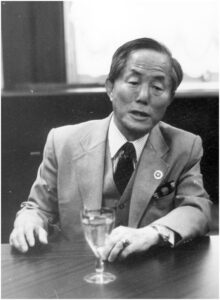
As you know, comparisons are sometimes inevitable. I’ve been watching TV series and noticed how the same names are used over the years for different things. One of them is a very popular English nursery rhyme whose name is similar to that of a large cannon used in the English Civil War (1642-1649), the name is Humpty Dumpty. The antagonism is so notable that it instinctively demands attention.
A cannon is a cannon and has no other purpose than to destroy each time it comes into action. In the nursery rhyme, interestingly, that name is also associated with destruction, but with a child-like figure in the shape of an egg.
However, and when it breaks, it’s also complete destruction like the outcome produced by the cannon. The destruction is so great that I found the comparison with the element that brings us together in our daily work inevitable. We belong to a martial art called Taekwon-Do founded by General Choi Hong Hi in South Korea on April 11, 1955. This man also created an international federation to contain his creation within this administrative system and to develop it worldwide.
That federation grew internationally very quickly, just like the art also created by him, even with internal attacks by people who couldn’t accept such success. When this entity increased its development, political ambitions used this name to obtain an Olympic status, setting aside its martial origin and disguising it as a sport. The determination of its founder kept it in the martial field with a sportive facet, and openly his speech talked about the political maneuvering. Over the years, that fight shows the tenacity of the Founder, which was accompanied by the success of his art worldwide.
His death allowed the appearance of opportunism. Another story began to be written with the art and with the entity where it was administratively contained. His art was no longer his art. The entity was no longer his entity; it wasn’t even called by the same name. Why? Because the name is similar but with some words added or signals that differentiates them. When an entity is unique, it allows controlling the handling of the art in all its aspects: times between categories, abilities, uniforms, sport rules, ranks, and recognitions. Diversity is the complete opposite.
For all of us who have been in this activity since its beginnings in the West, we have an inevitable comparison between the fate of the character from the nursery rhyme and that of the federated Entity created by the Founder of Taekwon-Do.
Humpty Dumpty sat on a wall
Humpty Dumpty had a great fall
All the king’s horses and all the king’s men
Couldn’t put Humpty Dumpty together again
SGM Ricardo Desimone
To be aware read the previous notes again
